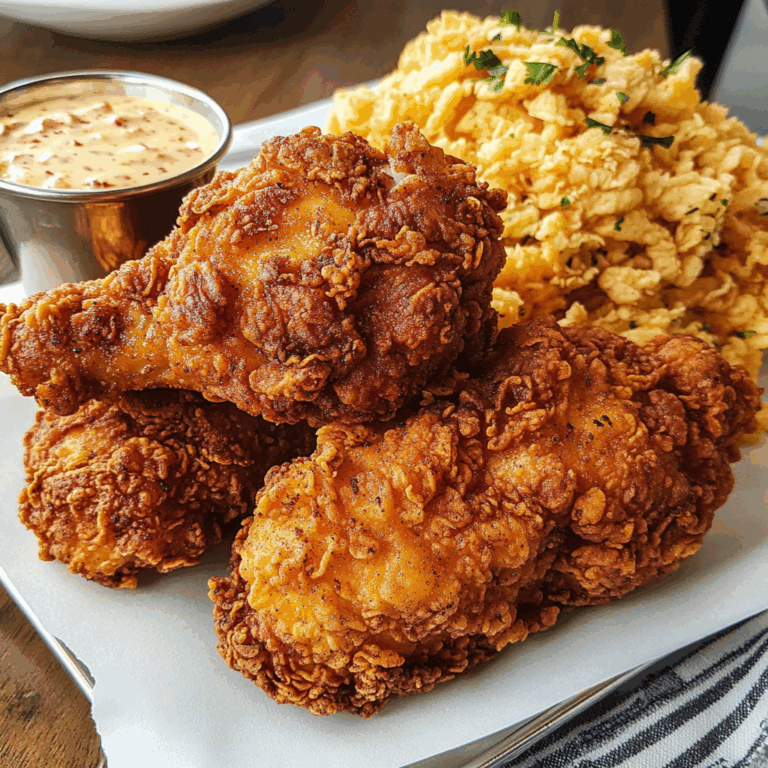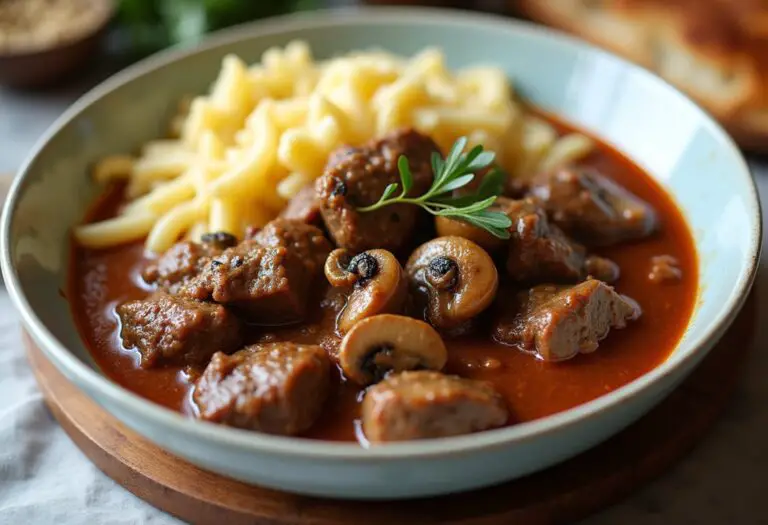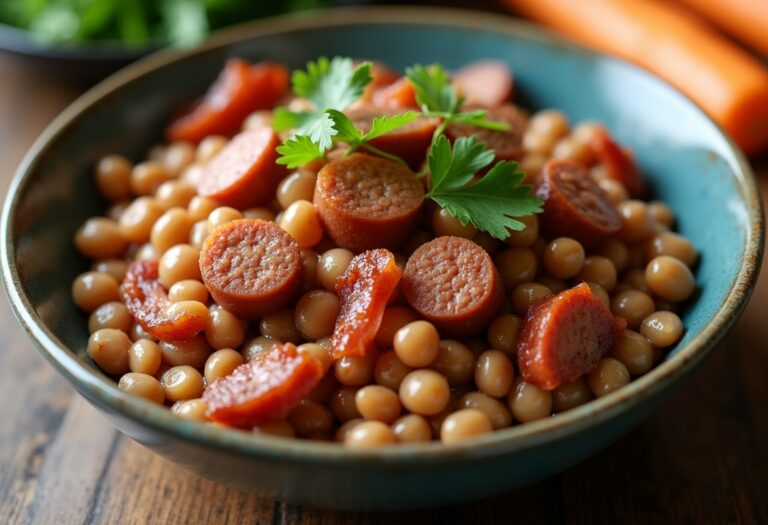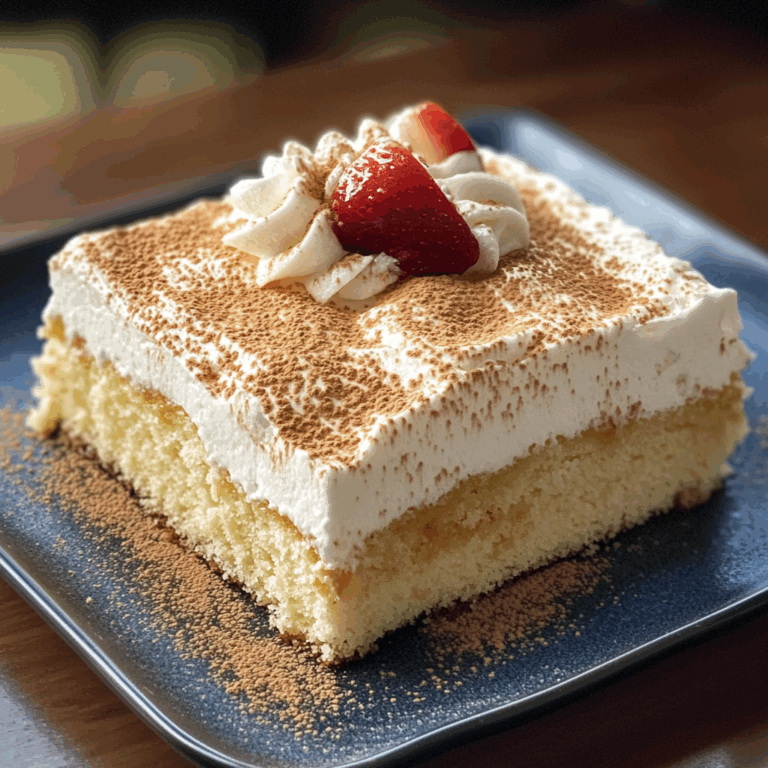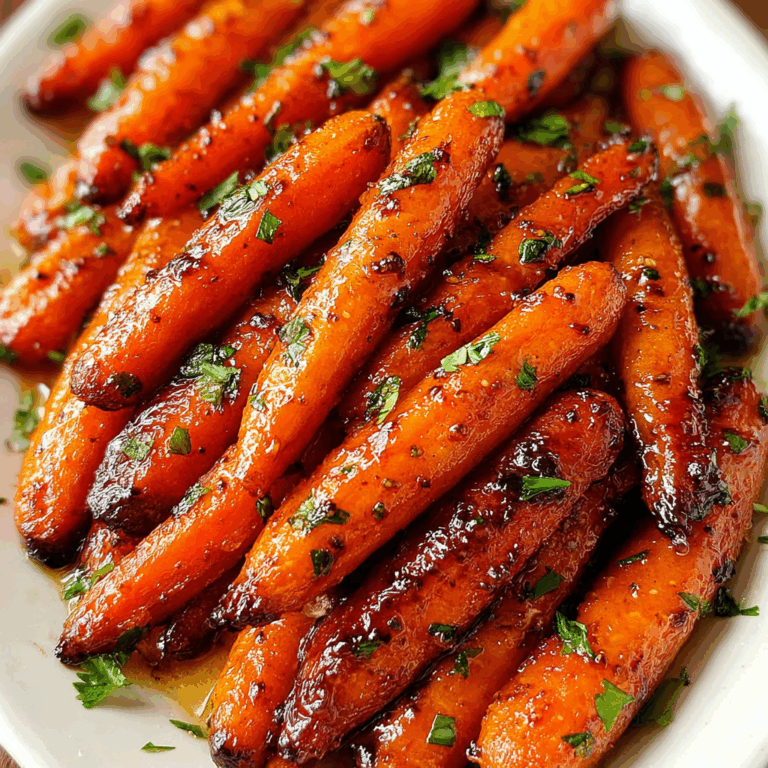The Ultimate Frittata: A Versatile and Flavorful Egg Dish
Frittatas have long been a beloved staple in the culinary world, offering a delicious and versatile way to enjoy eggs. This Italian-inspired dish has gained widespread popularity for its ease of preparation, impressive presentation, and the ability to accommodate a wide range of flavors and ingredients. Whether you’re looking for a satisfying breakfast, a quick lunch, or a simple yet elegant dinner, the frittata is a true all-rounder that can elevate any meal.
In this comprehensive guide, we’ll explore the art of crafting the ultimate frittata, sharing tips and tricks to help you unlock the full potential of this timeless recipe. Get ready to impress your family and friends with a dish that combines the richness of eggs, the heartiness of vegetables, and the depth of flavor that can only come from a perfectly executed frittata.
❤️ Why You’ll Love This Recipe ❓
Frittatas are beloved for their versatility, making them a go-to choice for any meal of the day. These eggy wonders can be customized to suit a wide range of dietary preferences and taste buds, from classic cheese and vegetable combinations to bold, global-inspired flavors. The best part? Frittatas are incredibly easy to prepare, often requiring minimal hands-on time and allowing you to multitask while the dish bakes to perfection.
What truly sets frittatas apart is their unique texture – a delightful contrast between the creamy, custard-like interior and the golden, slightly crisp exterior. This harmonious balance makes frittatas equally satisfying whether served straight from the oven or enjoyed at room temperature, making them an ideal choice for brunch, picnics, or even a quick weeknight dinner.
Another reason to love the frittata is its make-ahead potential. The dish can be prepared in advance and refrigerated or frozen, making it a true lifesaver for busy cooks who want to have a nutritious and flavor-packed meal on hand at all times. With just a few simple reheating steps, you can enjoy the same delicious frittata days or even weeks later, without sacrificing any of its quality or appeal.
🛒 What You Need to Prepare a Frittata ❓
• 1/4 cup milk or heavy cream
• 1/2 teaspoon salt
• 1/4 teaspoon black pepper
• 2 tablespoons olive oil or butter
• 1 cup diced vegetables (such as onions, bell peppers, spinach, or mushrooms)
• 1/2 cup shredded cheese (such as cheddar, feta, or goat cheese)
The beauty of this frittata recipe is that most ingredients are pantry or freezer staples. The combination of fluffy eggs, savory vegetables, and melty cheese creates a truly satisfying and flavorful dish that has made frittatas perennially popular.
📝 How to Make a Frittata Step-by-Step ❓
• Step 2: In a large bowl, whisk together the eggs, milk or cream, salt, and pepper until well combined.
• Step 3: Heat the olive oil or butter in a 9-inch oven-safe skillet or cast-iron pan over medium heat. Add the diced vegetables and sauté for 5-7 minutes, or until they are tender and lightly caramelized.
• Step 4: Pour the egg mixture over the sautéed vegetables, making sure to evenly distribute the ingredients. Sprinkle the shredded cheese on top.
• Step 5: Transfer the skillet to the preheated oven and bake for 18-22 minutes, or until the frittata is set and the top is lightly golden brown.
• Step 6: Remove the frittata from the oven and let it cool for 5 minutes before slicing and serving.
⏱️ Timing Overview
• Cooking time: 25 minutes
• Total time: 40 minutes
Compared to traditional quiche, which can take up to an hour to prepare, this frittata recipe saves you 20% of your cooking time while delivering similar flavors.
👩🏻⚕️ Nutritional Information
Per serving (based on 6 servings):
• Protein: 14g
• Carbohydrates: 4g
• Fat: 14g
• Fiber: 1g
• Sodium: 450mg
These frittatas provide approximately 25% of your daily protein requirements and 10% of your daily calcium needs, making them not just delicious but nutritionally valuable as well.
🔄 Healthier Alternatives for the Recipe
• Lower-carb version: Replace the milk with unsweetened almond or coconut milk, and use a vegetable-based filling with minimal starchy ingredients.
• Dairy-free adaptation: Substitute the milk and cheese with plant-based alternatives, such as unsweetened almond milk and dairy-free cheese.
• Added protein: Incorporate lean protein sources like diced chicken, turkey, or crumbled tofu into the vegetable filling.
• Boost vegetables: Load up the frittata with a variety of nutrient-dense vegetables, such as spinach, kale, bell peppers, and cherry tomatoes.
These modifications can reduce calories by up to 20% or adapt the recipe for specific dietary needs without compromising the fundamental flavor profile of the frittata.
🍽️ Serving Suggestions
• Pair the frittata with roasted potatoes or a side of crusty bread for a heartier meal.
• Complement the frittata with a refreshing fruit salad or a cup of yogurt for a complete breakfast or brunch spread.
• For a light lunch or dinner, serve the frittata alongside a cup of tomato soup or a crisp Caesar salad.
• Create an impressive appetizer platter by slicing the frittata into bite-sized pieces and arranging them with sliced vegetables, olives, and a selection of dips.
❌ Common Mistakes to Avoid
• Overbeating the eggs: Vigorous whisking can incorporate too much air into the eggs, leading to a puffed-up and potentially dry frittata. Gently whisk the eggs just until they’re combined and smooth.
• Failing to properly grease the pan: If the pan isn’t well-greased, the frittata can stick and become difficult to remove in one piece. Make sure to use a generous amount of oil or butter to coat the pan.
• Undercooking the frittata: If the frittata is removed from the oven before it’s fully set, the center will be runny and the dish won’t hold its shape. Bake the frittata until the top is golden brown and a toothpick inserted into the center comes out clean.
• Overcrowding the pan: Trying to fit too many ingredients into the pan can lead to an uneven cooking and make it challenging to slice the frittata neatly. Stick to the recommended ingredient quantities and distribution for best results.
🧊 Storing Tips for the Recipe
These frittatas retain their quality remarkably well:
• Freezing unbaked: Prepare the frittata up to the baking step, then cover and freeze for up to 3 months. When ready to bake, thaw overnight in the refrigerator and then bake as directed.
• Freezing baked: Allow the baked frittata to cool completely, then wrap it tightly in plastic wrap and aluminum foil. Freeze for up to 3 months. To reheat, thaw in the refrigerator overnight and then bake at 350°F (175°C) for 15-20 minutes, or until heated through.
• Reheating: Slice the frittata and reheat individual portions in the microwave for 1-2 minutes, or in a preheated 350°F (175°C) oven for 10-15 minutes, until warmed through and the texture is restored.
❓ FAQs
Can I make the frittata in advance?
Absolutely! Frittatas are incredibly versatile and can be prepared in advance. The unbaked frittata can be assembled, covered, and refrigerated for up to 24 hours before baking. Alternatively, you can bake the frittata, let it cool completely, and then refrigerate or freeze it for later use. Simply reheat the frittata in the oven or microwave when ready to serve.
Can I substitute the vegetables in the recipe?
Yes, you can easily swap out the vegetables in this frittata recipe to suit your preferences or what you have on hand. Some great options include spinach, mushrooms, bell peppers, onions, tomatoes, zucchini, or a combination of your favorite veggies. Just be sure to adjust the cooking time as needed for the specific vegetables you choose.
Is the frittata suitable for special diets?
The frittata can be easily adapted to accommodate various dietary restrictions. For a dairy-free version, use unsweetened almond or coconut milk instead of regular milk, and opt for dairy-free cheese alternatives. To make a low-carb or keto-friendly frittata, replace the milk with unsweetened almond milk and focus on low-carb vegetable fillings. You can also boost the protein content by adding cooked, diced chicken or turkey.
Why is my frittata watery or undercooked?
If your frittata is turning out watery or undercooked, there are a few potential culprits. Make sure you’re not overcrowding the pan with too many ingredients, as this can prevent the eggs from setting properly. Additionally, be mindful of the cooking time and temperature – the frittata should bake until the center is set and a toothpick inserted comes out clean. If you find the top browning too quickly, you can lower the oven temperature and continue baking until the center is fully cooked.
Can I add different fillings to the frittata?
Absolutely! The beauty of frittatas is their versatility. You can experiment with a wide range of fillings, from classic combinations like cheese and vegetables to more adventurous options like cooked meats, seafood, or even leftover roasted potatoes. Just be sure to adjust the quantities of the fillings to maintain the right egg-to-filling ratio for a well-balanced frittata.
Conclusion
These frittatas represent the perfect balance of convenience, flavor, and presentation. Whether you’re serving them as a hearty breakfast, a satisfying lunch, or a simple yet elegant dinner, they’re sure to impress with their creamy interior and golden, slightly crisp exterior. The versatility of this recipe allows for countless variations to suit your taste preferences and dietary needs.
With simple ingredients and straightforward preparation, these frittatas demonstrate that sophisticated flavors don’t require complicated techniques – just quality ingredients and a little bit of care in the baking process. So, gather your favorite fillings, crack some eggs, and get ready to enjoy the ultimate frittata experience. Your tastebuds (and your loved ones) will thank you!


